I finally read (most of) On the Origin of Species, by Charles Darwin, and this afternoon gathered with a group of women friends to discuss it. We ate baked apples, roasted sweet potatoes, deliciously flavored onion rings, and other things – and compared our thoughts about this extraordinary work, which most of us (college graduates all) had never previously read.
In preparation, I watched a Nova special called What Darwin Never Knew, a very helpful update focusing on the impact of "the world's biggest idea" (evolution) on the birth of modern science and its many branches. We are now 200 years after Darwin's birth and 150 since the first publication of Origin.
There were a few exclamation marks in the margins. We noted this disturbing anthropological observation: "We see the value set on animals even by the barbarians of Tierra del Fuego, by their killing and devouring their old women, in times of dearth, as of less value than their dogs."
But it was the turnspit dog that most made us sit up and bark. The reference is in Chapter One, "Variation Under Domestication." Here is an example of Darwin's prose:
One of the most remarkable features in our domesticated races is that we see in them adaptation, not indeed to the animal's or plant's own good, but to man's use or fancy. Some variations useful to him have probably arisen suddenly, or by one step; many botanists, for instance, believe that the fuller's teasel, with its hooks, which can not be rivalled by any mechanical contrivance, is only a variety of the wild Dipsacus; and this amount of change may have suddenly arisen in a seedling. So it has probably been with the turnspit dog; and this is known to have been the case with the ancon sheep. But when we compare the dray-horse and race-horse, the dromedary and camel, the various breeds of sheep fitted either for cultivated land or mountain pasture, with the wool of one breed good for one purpose, and that of another breed for another purpose; when we compare the many breeds of dogs, each good for man in different ways; when we compare the game-cock, so pertinacious in battle, with other breeds so little quarrelsome, with "everlasting layers" which never desire to sit, and with the bantam so small and elegant; when we compare the host of agricultural, culinary, orchard, and flower-garden races of plants, most useful to man at different seasons and for different purposes, or so beautiful in his eyes, we must, I think, look further than to mere variability. We can not suppose that all the breeds were suddenly produced as perfect and as useful as we now see them; indeed, in many cases, we know that this has not been their history. The key is man's power of accumulative selection: nature gives successive variations; man adds them up in certain directions useful to him. In this sense he may be said to have made for himself useful breeds.
We found more on turnspit dogs in Wikipedia (of course) with this image from "Notes on a Tour to North and South Wales," published in 1800. And here's a taxidermied turnspit ("the last remaining example") found at the blog Scribal Terror.
The Turnspit Dog is a short-legged, long-bodied dog bred to run on a wheel, called a turnspit or dog wheel, to turn meat. The type is now extinct. It is mentioned in Of English Dogs in 1576 under the name Turnespete. Rev. W. Bingley's Memoirs of British Quadrupeds (1809) also talks of a dog employed to help chefs and cooks. It is also known as the Kitchen Dog, the Cooking Dog, the Underdog and the Vernepator. In Linnaeus's 18th century classification of dogs it is listed as Canis vertigus. The breed was lost since it was considered to be such a lowly and common dog that no record was effectively kept of it. They are related, it is believed, to the Glen of Imaal Terrier.
The Vernepator Cur was bred to run on a wheel in order to turn meat so it would cook evenly. This took both courage (to stand near the fire) and loyalty (not to eat the roast). Due to the strenuous nature of the work, a pair of dogs would often be worked in shifts. This may have led to the proverb 'every dog has his day.' The dogs were also taken to church to serve as foot warmers. One story says that during service at a church in Bath, the Bishop of Gloucester, gave a sermon and uttered the line "It was then that Ezekiel saw the wheel...". At the mention of the word "wheel" several turnspit dogs, who had been brought to church as foot warmers, ran for the door.
Human ingenuity never ceases to amaze me. Will we bring some kind of turnspit animal back?


























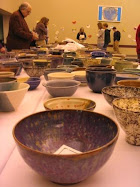



















































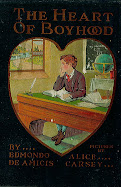


























































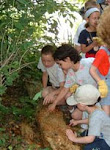.jpg)














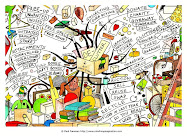






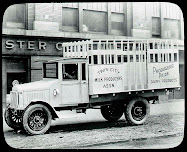




















































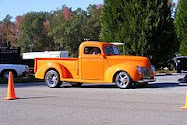













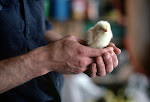
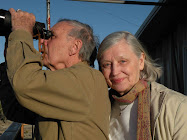
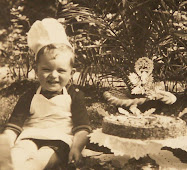














































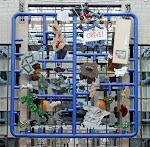.jpg)








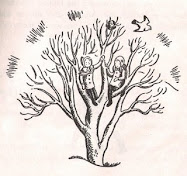







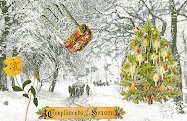



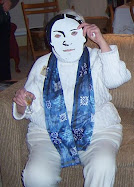




















































































2 comments:
This is just too amazing. And I just broke up laughing at the story at the end, about all the dogs running for the door in church. Sounds almost like something you'd see on Monty Python.
It's a silly comparison, but something I thought of as I was reading your post was all of the animals that were used to run "machines" in the Flintstones. Remember how someone would be using some appliance or machine, and it would turn out to have an animal inside of it, running around in a wheel or turning a crank or something, and the animal (being a talking animal in a cartoon) would invariably make some kind of a wisecrack joke.
This is just amazing.
Hi Lyle,
Yes, a Monty Python moment – those dogs fleeing the church at the mention of the wheel. It made us think of just how difficult it is to imagine life before the industrial revolution.
We also speculated about bringing back devices that make use of human or animal energy – exercise regimes that help power machines, childrens' games in the energy efficient house that help run the lights somehow...
Thanks for the reminder about those Flintstones turnspit creatures!
Post a Comment